Chronology - 1960s
1964
In the fall of 1964, Co-op was introduced into the mathematics curriculum. Forty students were expected, 100 enrolled. The program included options in computer science. The next year the popularity of the course increased by 100 per cent as 200 students enrolled in the program. At the time, Co-operative Mathematics with Computer Science Options, the official name of the Co-op course, was the only academic program of its type in the world.
While visiting the University of Wisconsin with Stanton and Graham, Gus German, an undergraduate enrolled in Mathematics, acquired a copy of the FORGO interpreter. Once the program was installed at UW, it allowed programs that previously ran for one hour to be processed in one minute. At top speed the interpreter allowed 200 jobs to be processed in a single hour.
The first Computer Science Days were held in November of 1964. Don Cowan conducted the initial sessions.
In October, 1964, the IBM 7040 and 1401 arrived at UW. The integrated system gave the university one of the most sophisticated hardware packages in North America, although other universities had the same system. The computers and their integrated components cost roughly two million dollars (Ponzo 27).
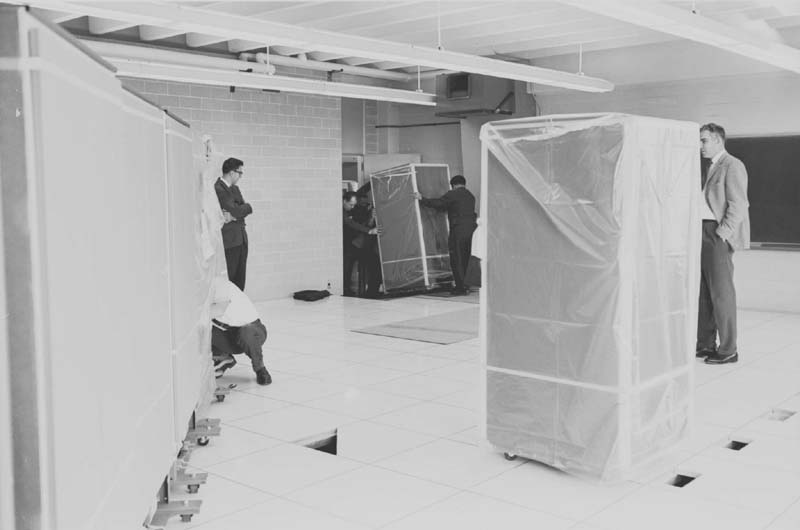
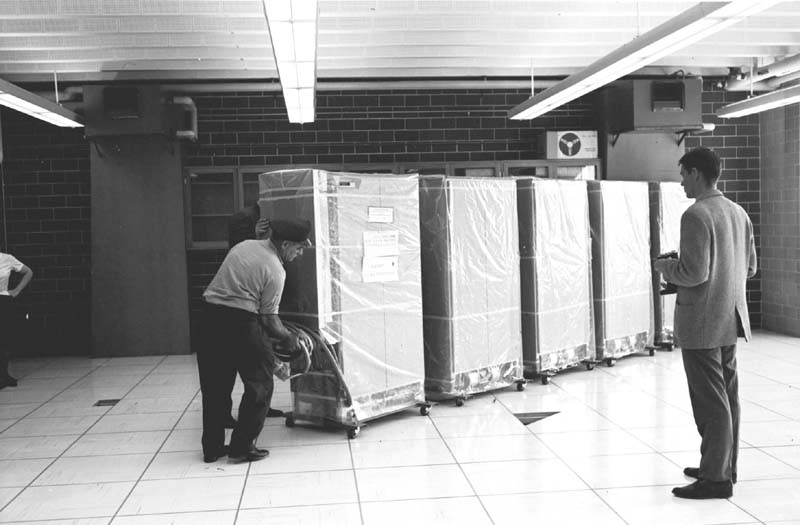
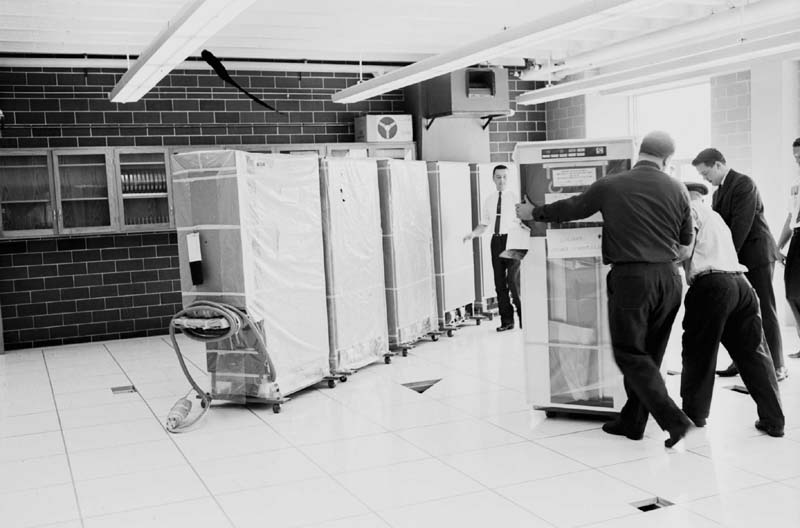
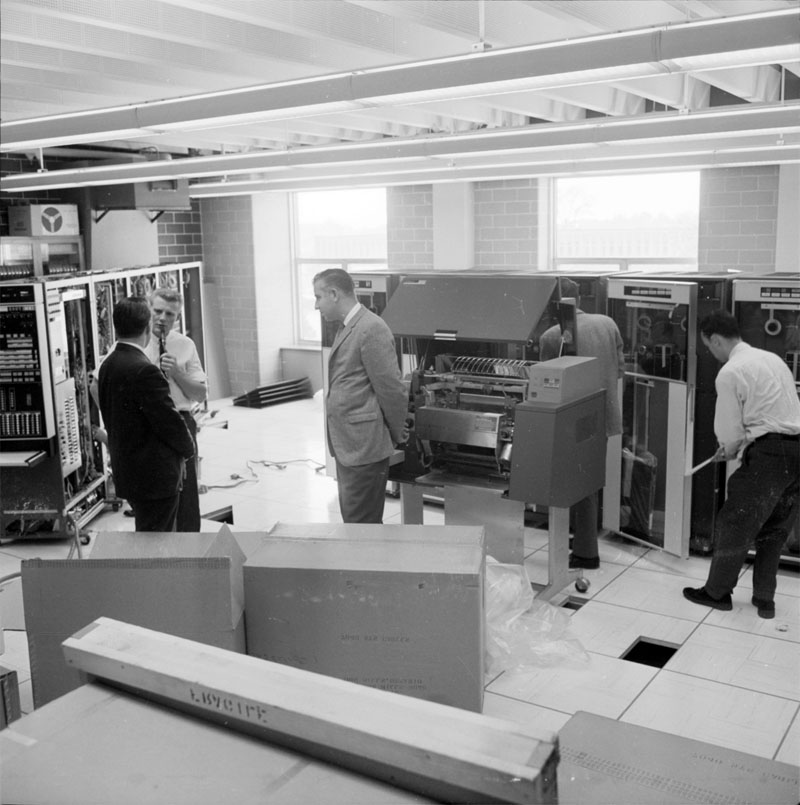



In November, 1964, an IBM 1710 (a modified 1620) Control System was added to the array of computer equipment at UW. It had a number of peripherals that made input/output faster and easier.
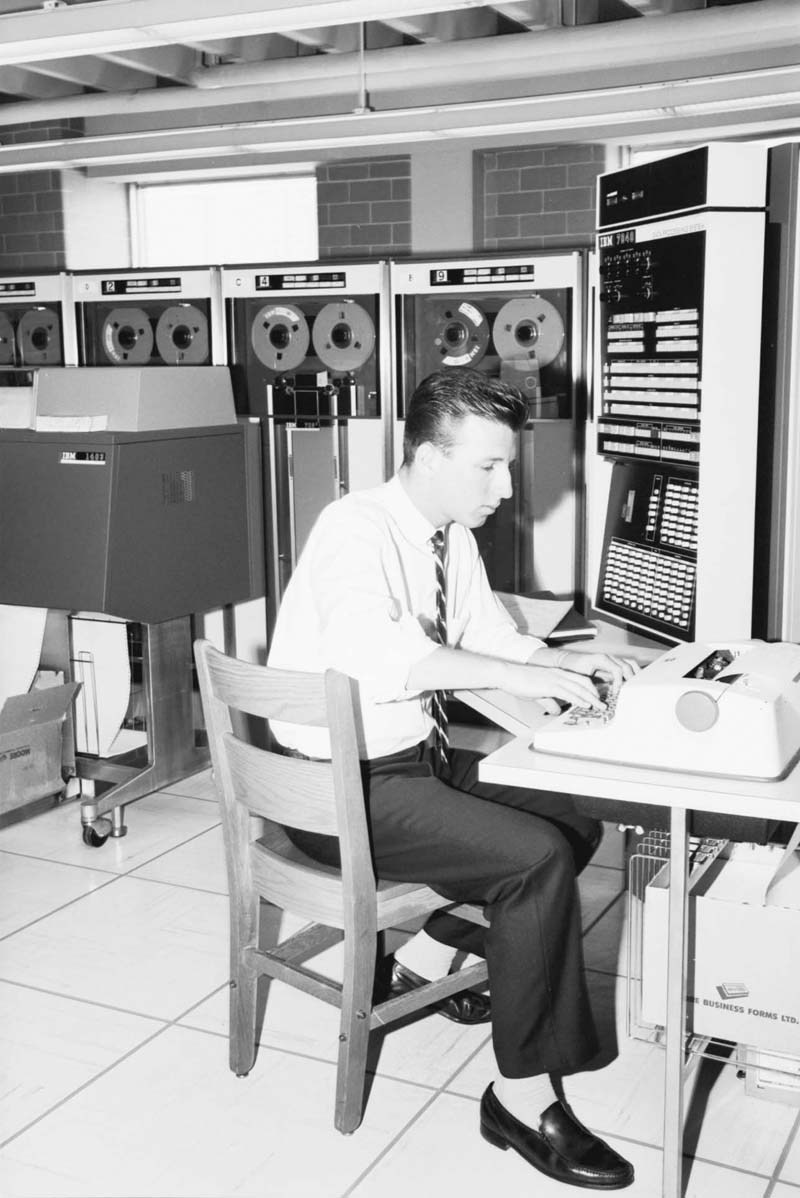
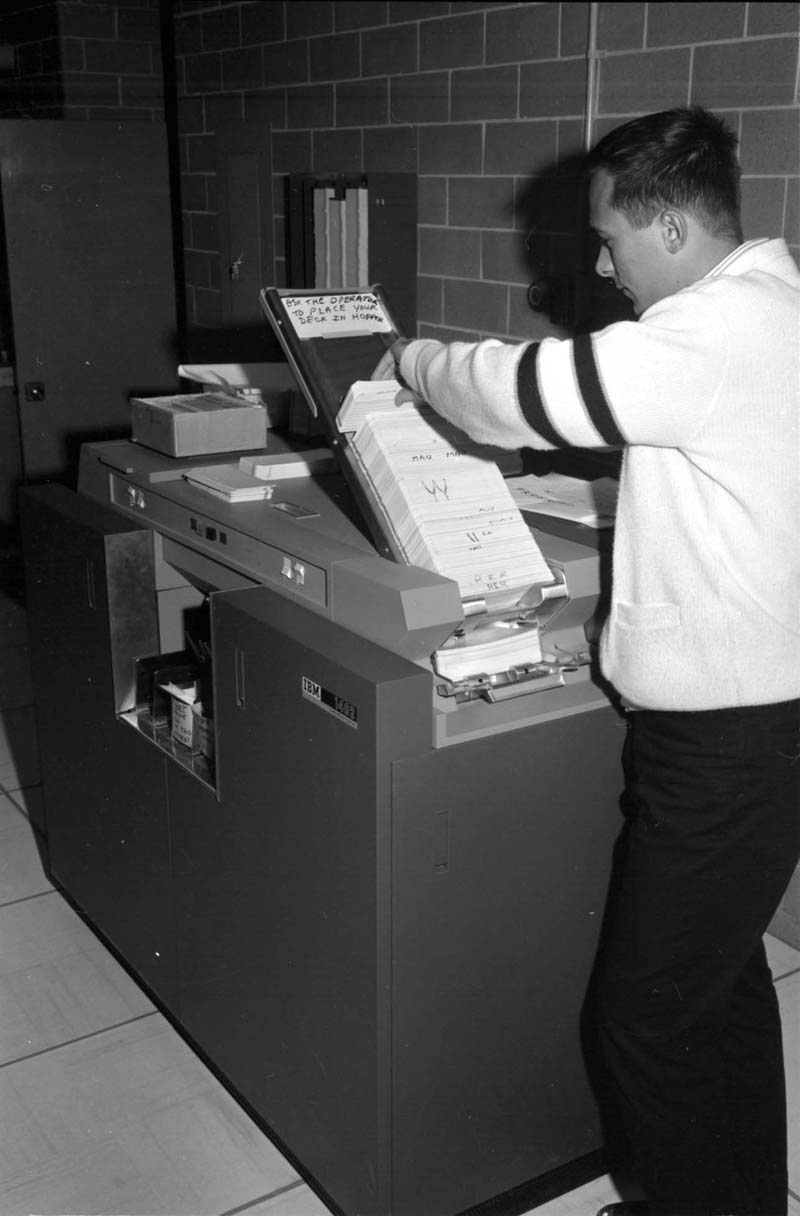
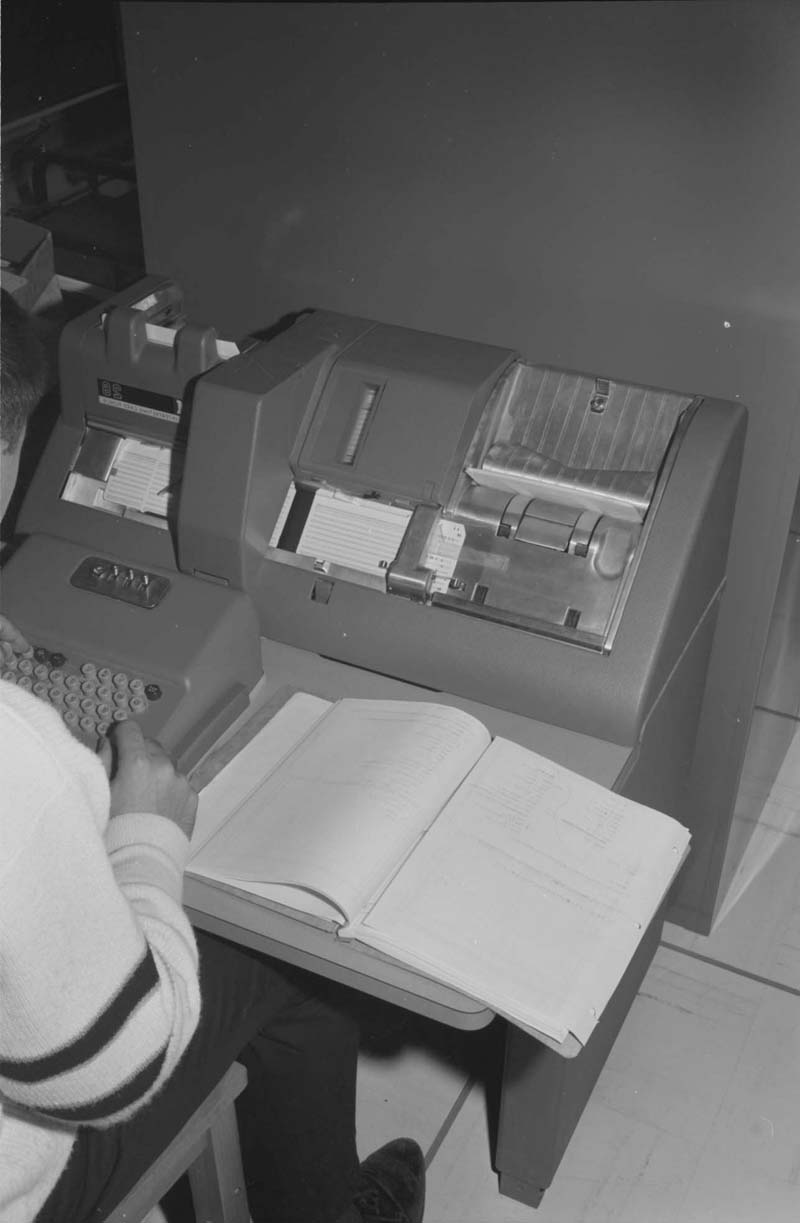
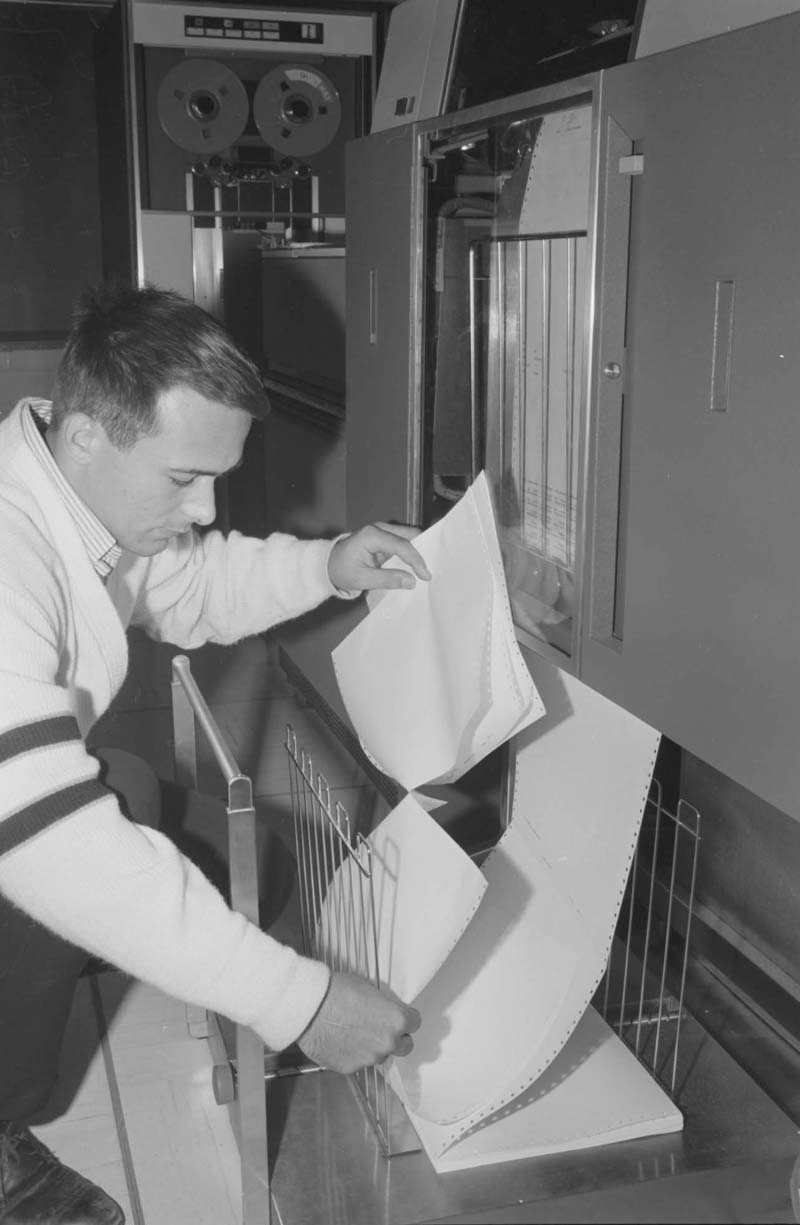
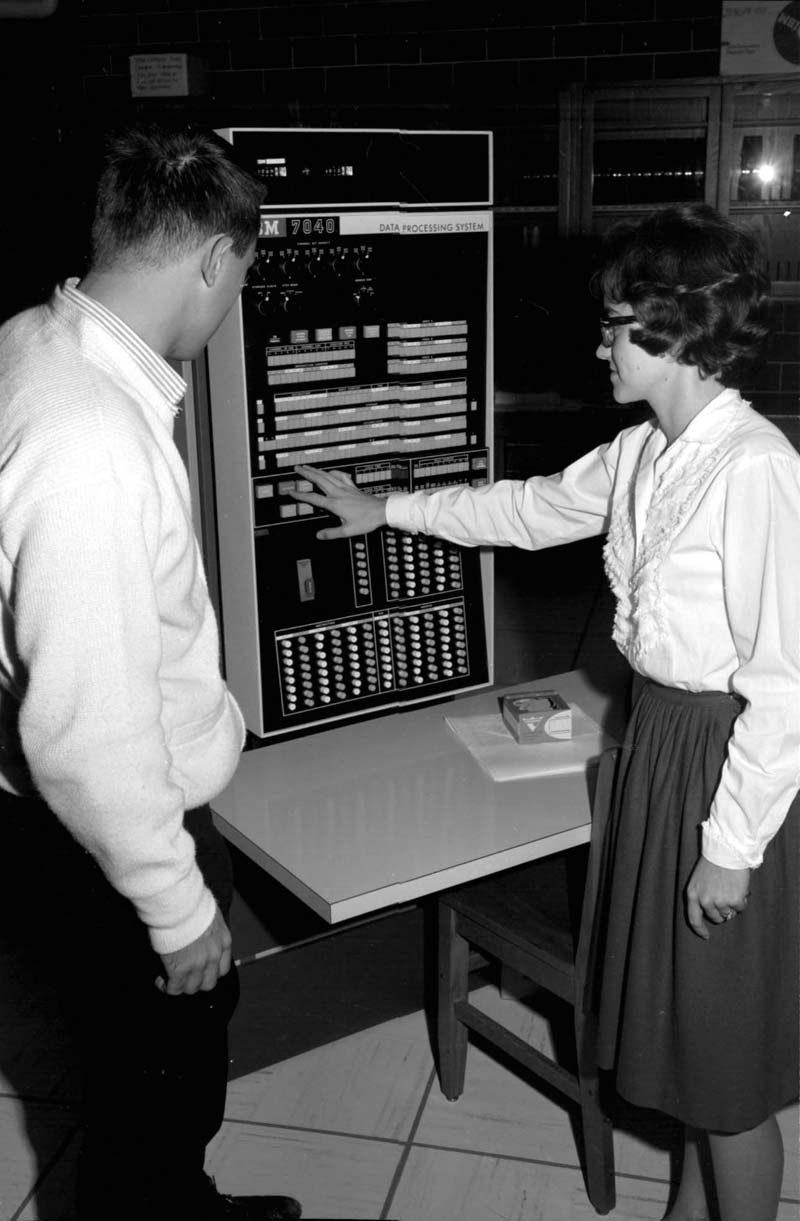
SPECTRE, a hypothetical computer, was completed in 1964. It allowed the Computer Science Department (CSD) to teach assembly language and machine architecture to mathematics students (Ponzo 48). SPECTRE's interpreter was written in FORTRAN, and SPECTRE MAP was the assembler for the program (Cowan, Graham, Mackie 27).
<< Previous (1963) || Next (1965) >>

